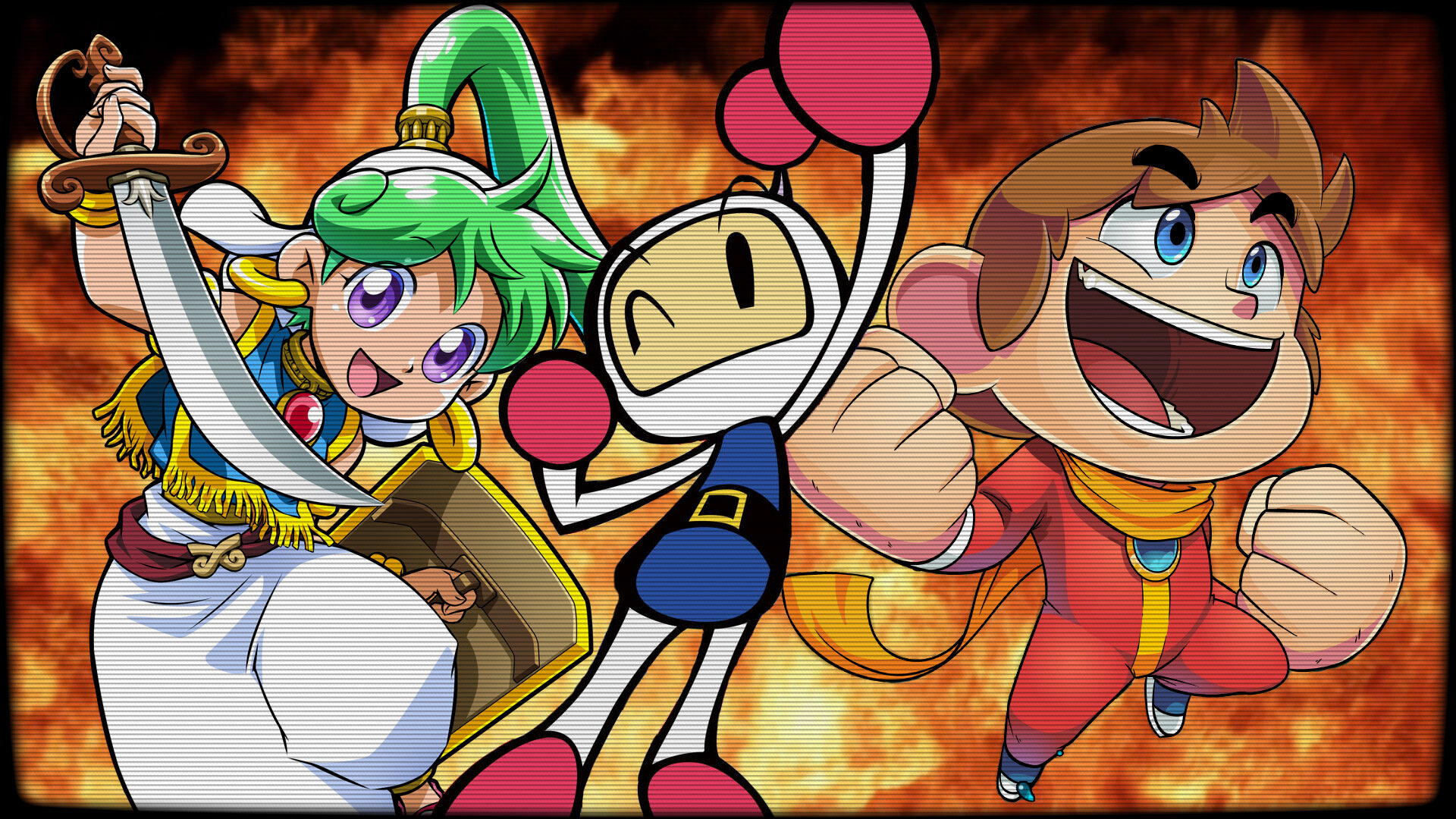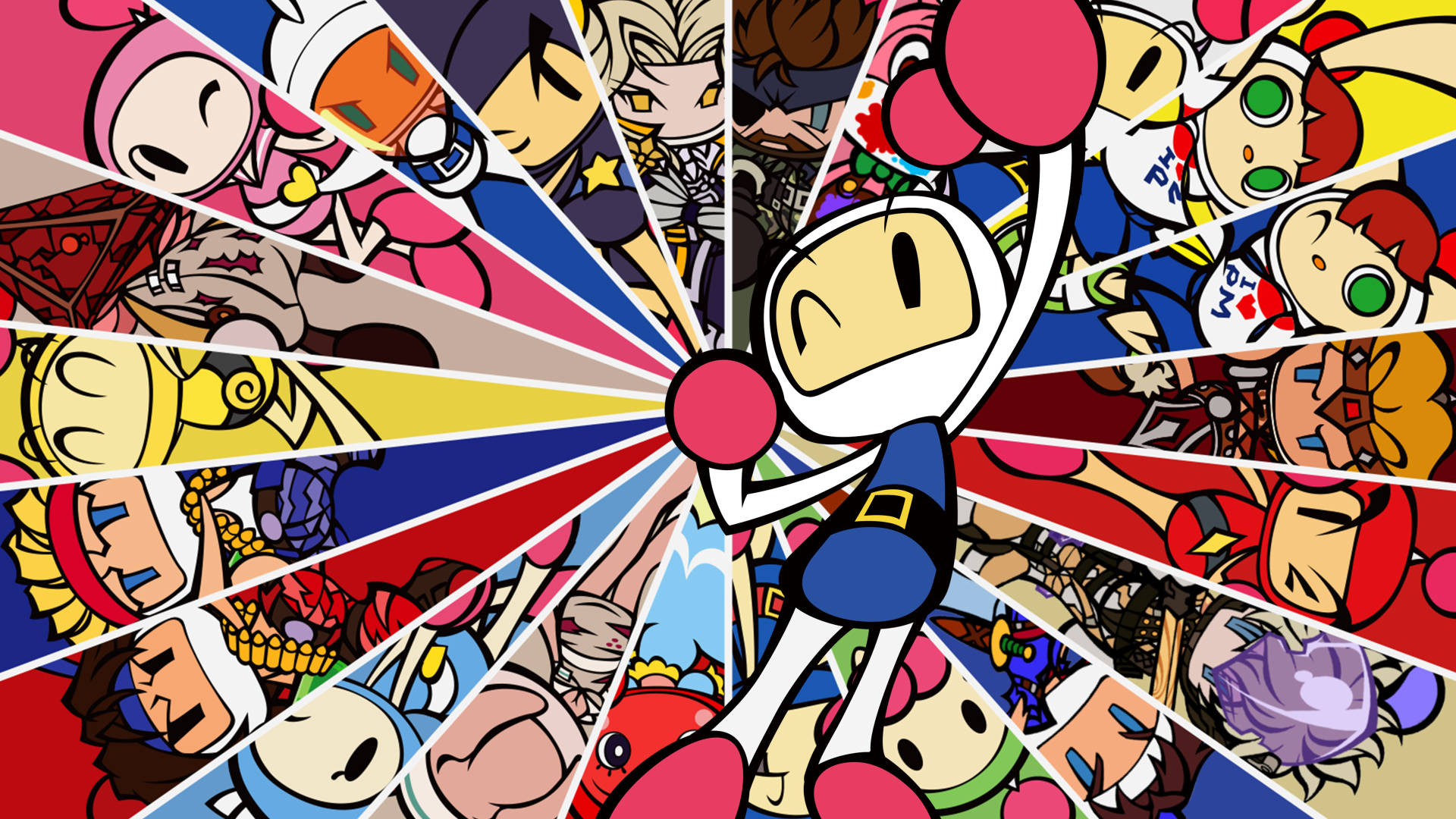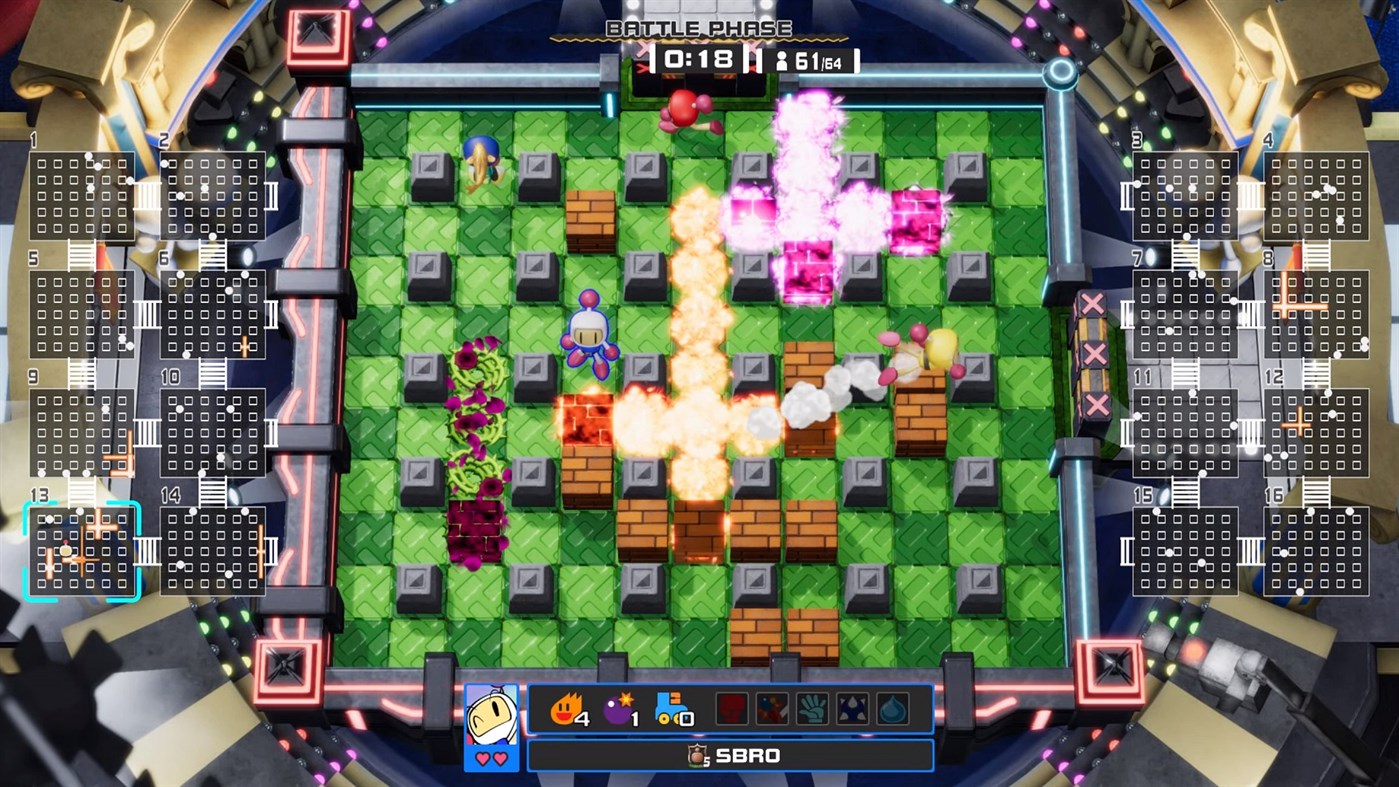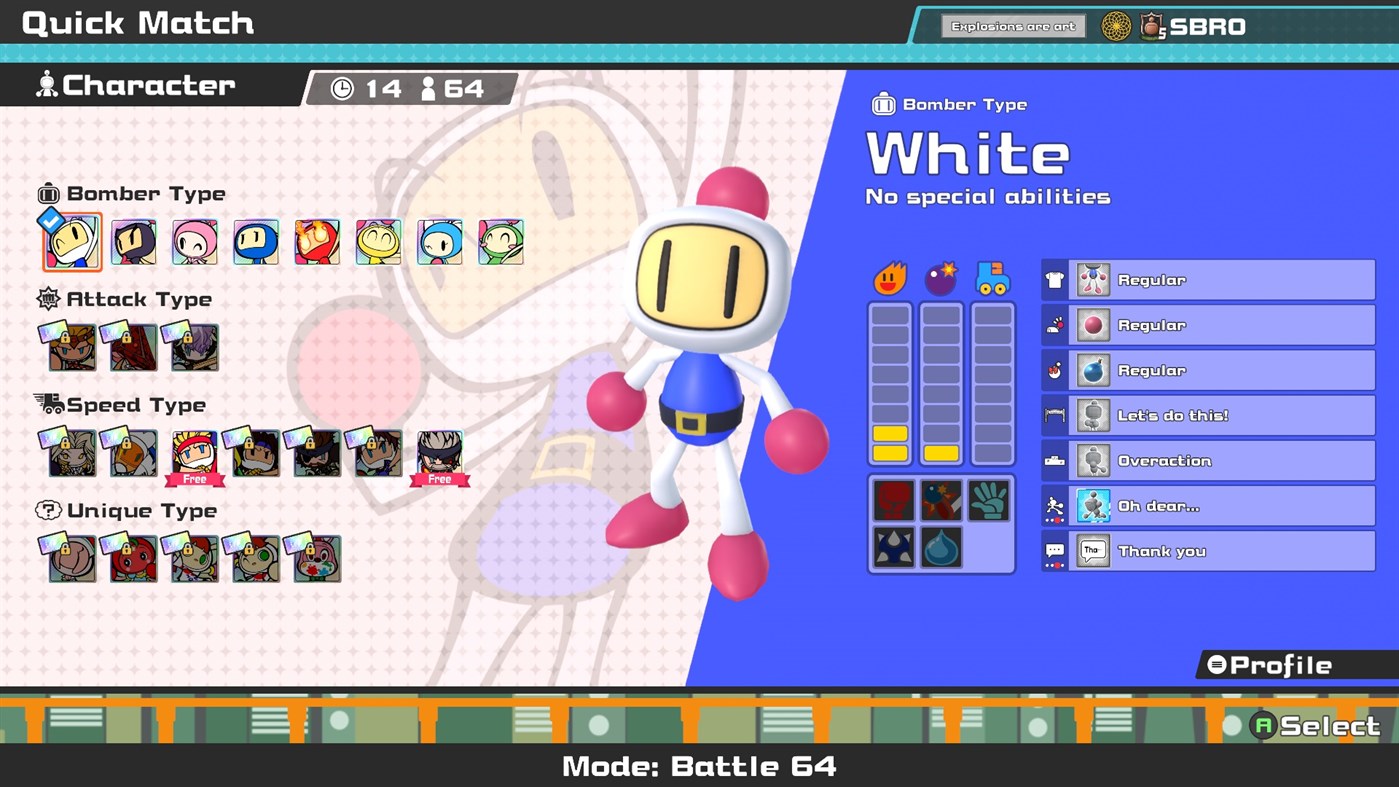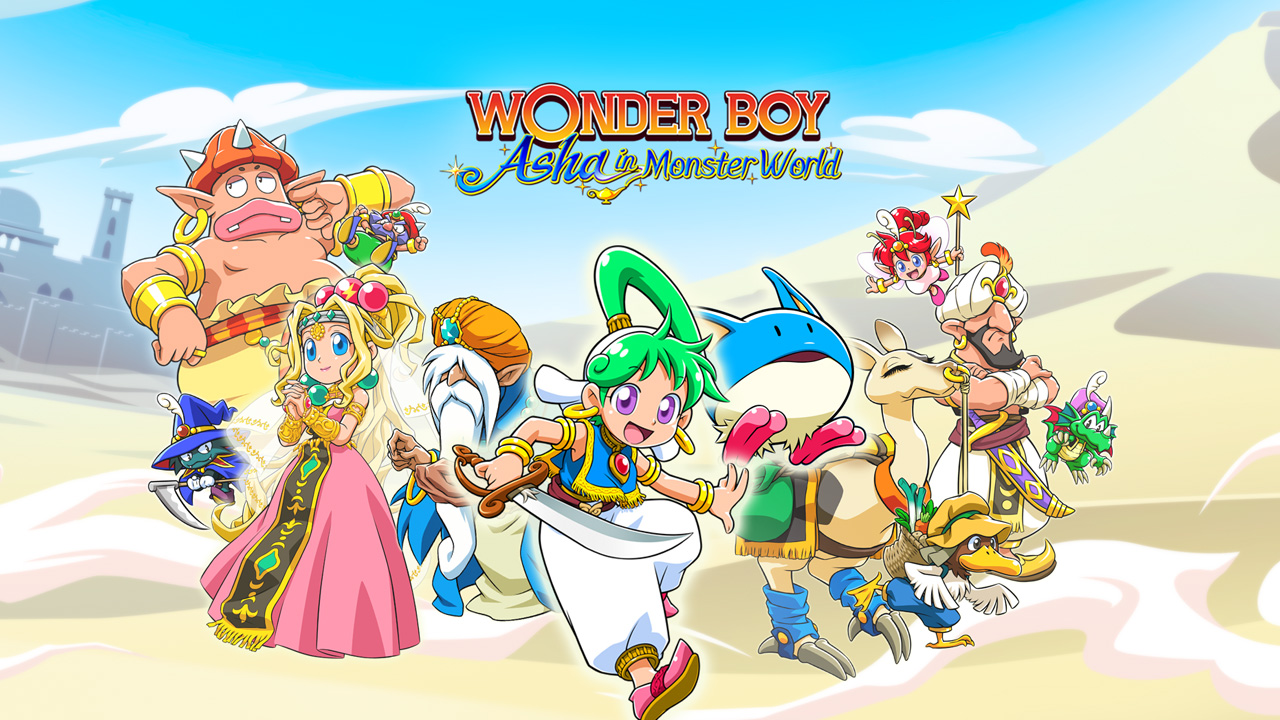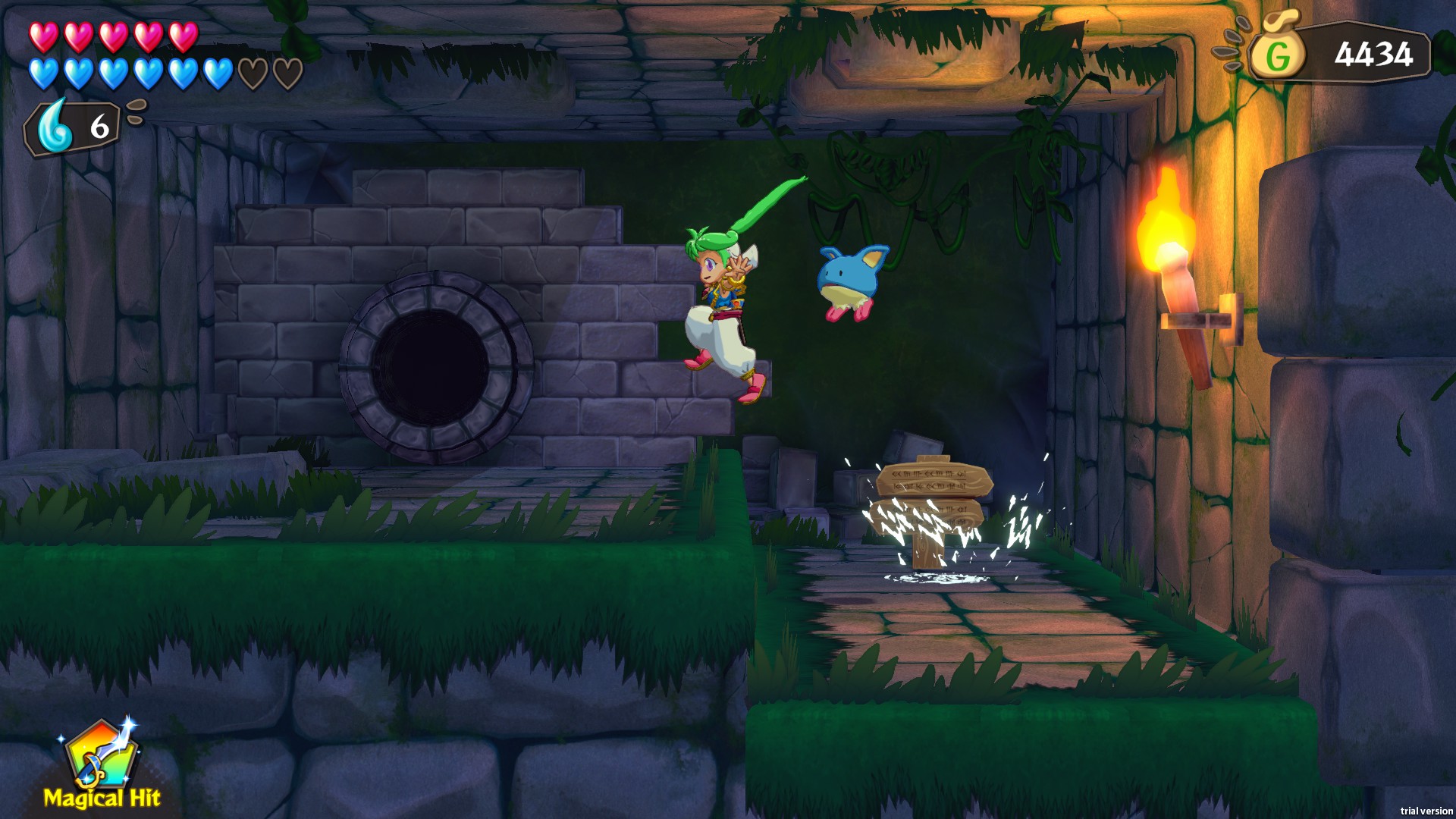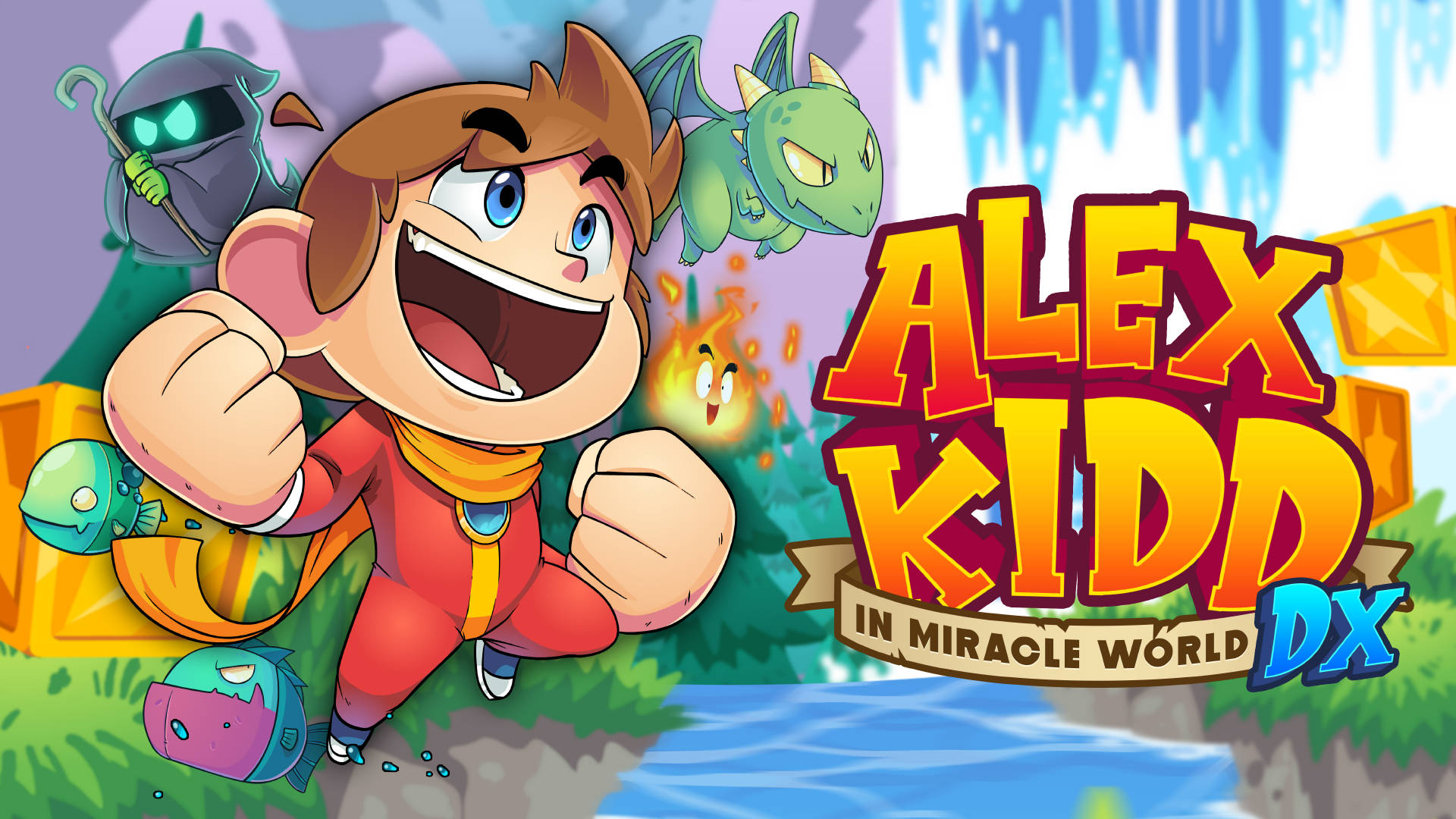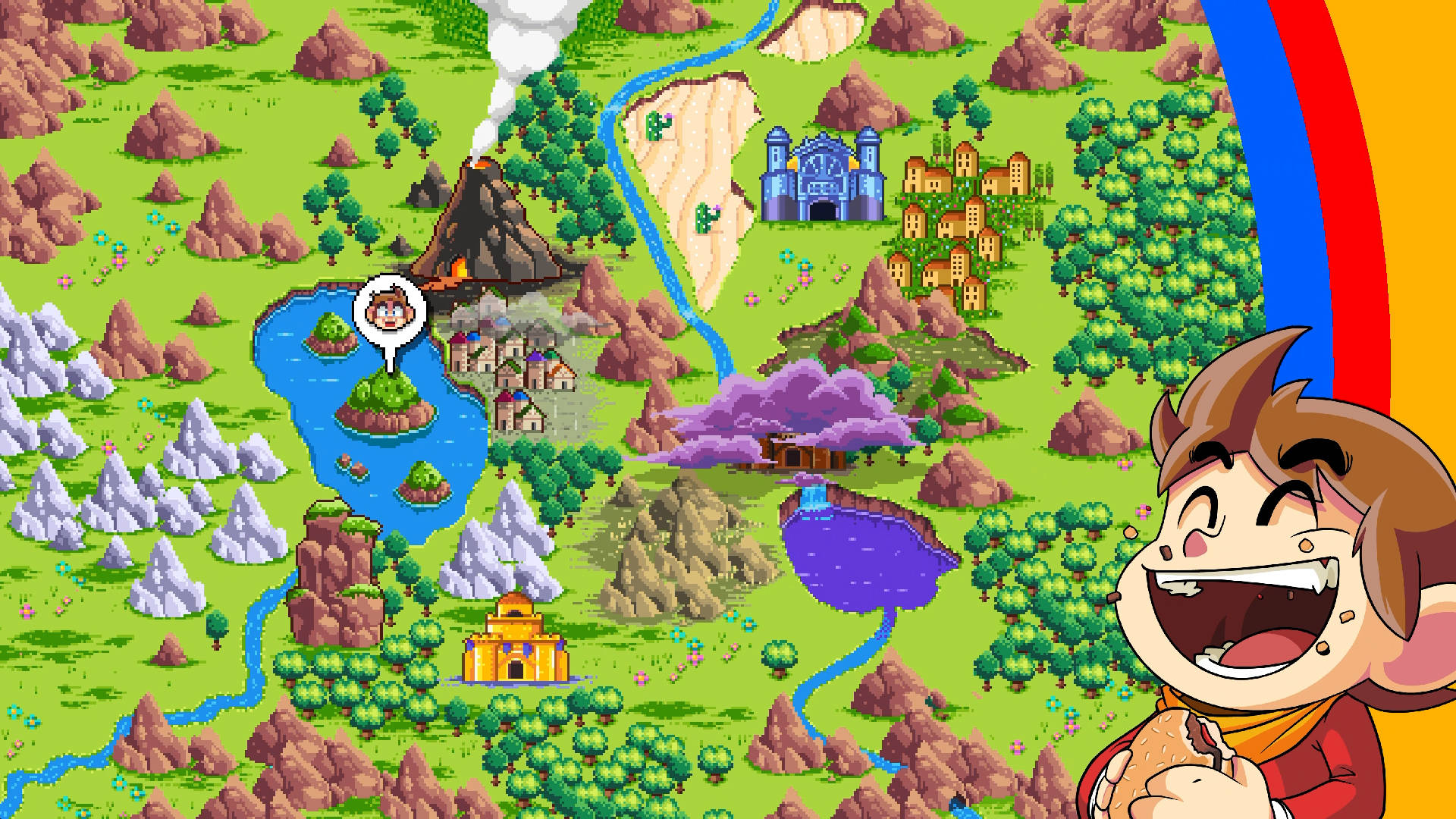Three Recent Releases That Bring New Life to Old Classics
Thanks to E3, Summer Games Fest, and a variety of new releases, the gaming world’s attention lately has been on the exciting next-generation gaming experiences we’re either getting during these hot summer months, or will have in our hands in the near future.
And yet, there have been some rather interesting new retro revivals lately that you might have missed. Three in particular—Super Bomberman R Online, Wonder Boy: Asha in Monster World, and Alex Kidd in Miracle World DX—all take very different approaches to bringing their predecessors forward into the year 2021.
Now that I’ve had the chance to spend some quality time with all three, I’ve got some thoughts on what each offers, in case you’re looking for something a little different between triple-A blockbuster spectaculars.
Super Bomberman R Online
One of the bright spots for me in the battle royale craze has been the various attempts to fit classic franchises into the genre. We’ve seen examples like the fantastic Tetris 99, the kinda okay (but now gone) Super Mario Bros. 35, and the originally exciting but ultimately disappointing Pac-Man 99.
Konami jumped into the fray last year with the Stadia-only Super Bomberman R Online, which finally made its way to other platforms last month. Funny enough, Super BRO—yes, damnit, I’m going with that—reminds me of another Stadia-only, retro-inspired battle royale: Pac-Man Mega Tunnel Battle. In both games, the action initially takes place with players broken up into smaller groups across a series of interconnected screens. As participants die off and the clock runs down, the amount of safe screens reduces, forcing the remaining players to come together to continue the battle.
Really, if there’s a series that deserves a battle royale spin-off, it’s Bomberman, and I think Super BRO is a decently good attempt. The main mode in the game pits you against 63 other Bomberpeople, where you drop bombs, destroy walls, collect power-ups, then try your best to blow up an opponent or two. Unlike most Bomberman games, you get two lives here, which is thankful given how quickly death can come. Then, at various intervals, you’ll need to flee to a different screen that could have fewer—or more—opponents waiting to incinerate you in return.
Super Bomberman R Online’s biggest difference from other entries in the series is also its most divisive. The game features a variety of characters—some from past Bomberman titles, others from various Konami games—and you must purchase almost all of them. That would be no big deal if they were just skins, but they’re not, as each character has its own set of maximum stats, skill options, and special moves. Some, like Classic Bomberman, can power up all of his stats and use all special items, but wields no special ability of his own. Pyramid Head Bomber, meanwhile, has very limited stat and item potential, but does have a rather powerful special ability: He kills any players he comes into contact with.
I’m not at the point where I consider Super BRO’s characters to be a “pay to win” situation, because winning still comes down to your skill as a player. And, you know, I can understand why Konami felt the need to spice up the game with special abilities. However, Bomberman as a series remains intensely fun and exciting to this day, so those characters complicate things in a way that simply wasn’t needed. At the least, I wish Konami had given us the option to play without character abilities outside of private matches.
And that, really, is where I’m somewhat disappointed in Super BRO: its lack of options. With our high-definition widescreen televisions, why not offer the chance to have 16 players at once all on the same screen? Or, heck, go crazy and make one giant, scrolling maze where all 64 players are together at once. And where’s the option for teams outside of private matches? In fact, where are most of the settings that you can select from in private matches? I appreciate that those features do exist in that mode, but getting more than a few players into a private match is incredibly difficult.
Putting aside wishes and wants and what-ifs, I enjoy Super Bomberman R Online for what it is: a scaled-down, but still enjoyable, free-to-play battle royale that bridges a timeless classic series with a current-era popular genre. It absolutely could have been more than it strives to be, and the whole character system still doesn’t sit right with me, but it’s one of the retro-inspired battle royales that I’ll actually come back to on a regular basis.
Super Bomberman R Online is currently available to download for free on PlayStation 5, Xbox Series X/S, Switch, PlayStation 4, Xbox One, PC, and Stadia.
Wonder Boy: Asha in Monster World
I owe Wonder Boy: Asha in Monster World an apology. I made fun of its looks, and that was mean, and wrong.
In my defense, I think some of the media released during the game’s reveal were bad choices—especially the point in the initial trailer when publisher ININ directly compared the updated 3D remake to the original 2D game. The thing is, the Wonder Boy/Monster World series produced some beautiful experiences on the Sega Genesis. Not only in terms of Asha’s original adventure, then known as Monster World IV, but also its direct predecessor, Wonder Boy in Monster World. …which, in Japan, had the title Wonder Boy V: Monster World III. Look, the Wonder Boy series is a total mess naming-wise.
What’s important is, the original 16-bit game that would become Wonder Boy: Asha in Monster Worldwas, at least in my mind, one of the most visually impressive releases on Sega’s home console, and the scene used to compare that original release to this modern remake was one of the worst possible choices one could make.
Now that I’ve actually played the remake for myself, though, it’s visual style is admittedly charming and artistically pleasing. Is it on the same level of graphical execution as its sprite-based prior self? Definitely not. But it’s far better than I was expecting, and some aspects of the game—such as character models—are especially good. Developer Studioartdink has also put some new spins on the original’s multi-layer locations that work really well. For example, in Monster World IV, the hub town’s castle was a series of flat layers that you would travel between through doorways. Here, main heroine Asha still mostly traverses the castle on various horizontal planes, but she can also travel into and out from those layers at key points, with the entire 3D-rendered castle shifting forward and backward as she does.
Probably more importantly, Asha brings with it some welcome quality of life improvements. By far the biggest is that you can now save anywhere, whereas Monster World IV had scattered save points that could result in a lot of lost progress on your journey if you hit a tough spot. (However, you’ll need to actually remember to save, as it’s easy to forget, and the game offers no autosave.) Purchased equipment is now selectable, rather than just replacing the current item you owned in that category, you can now revisit previous areas, and there’s a new easy mode for those who wish to use it.
Unfortunately, the reality of Wonder Boy: Asha in Monster World isn’t all positive. Back when Monster World IV first hit, it was a standout title on the Mega Drive, and a popular import for those outside Japan (as it never initially left its home country). Now, in the modern era, there are plenty of releases like Asha, some with far more name recognition or notoriety. It’s not really the game’s fault, because I think almost everything here has stood the test of time. It’s just that players now have higher expectations for action platformers, and Asha can come off a bit quaint and simplistic as a result.
For longtime fans who want to experience a new take on the classic, or more adventurous gamers who enjoy hunting down unique experiences, Wonder Boy: Asha in Monster World offers a fresh new take on what is still a charming and challenging action platformer. It also remains difficult to figure out at times, and overall short in length, which could turn off players who don’t know the history behind either the game or the franchise it comes from. If you’re willing to give it a chance, though, Asha’s trip through Monster World can be a Wonder-ous one.
Wonder Boy: Asha in Monster World is currently available for PlayStation 4, Switch, and PC.
Alex Kidd in Miracle World DX
While Wonder Boy: Asha in Monster World decided to eschew sprites for polygons in its jump to the modern era, Sega’s classic mascot Alex Kidd has instead taken inspiration from the other recent Wonder Boy remake, Wonder Boy: The Dragon’s Trap, in keeping things two dimensional.
Wait a minute, I hear you say. Isn’t Sonic Sega’s mascot? Well, sure, he is now, but he hasn’t always been. Although Alex Kidd in Miracle World technically started development a year before the release of Super Mario Bros., it quickly became clear that Sega needed its own answer to the growing Mario madness, and the company—along with its fans—put that responsibility straight on Alex’s shoulders.
The problem? Coming at it as a Sega Master System–loving child, Miracle World was miserable. Unlike Nintendo’s groundbreaking platformer, Sega’s offering was brutally hard and felt completely unfair, and its controls never seemed quite right. Miracle World had an air of something a group of sadistic Sega employees crafted in order to torture children, and I have to believe that those who loved the game in their youth suffered from Stockholm Syndrome.
Coming back to it as an adult through Alex Kidd in Miracle World DX, I stand behind everything I’ve just said. And yet, I’ve also grown to have some appreciation for the game. Unlike so many older titles from my youth, I’ve actually gotten better at Miracle World over time—and every stage I clear is like another punch to the face of a school bully who tormented me for years. I now relish overcoming every questionably designed stage, every cheap hit, every annoying enemy placement. I’ve gotten to the point of legitimately having fun when playing Miracle World DX, because I’m now playing it with a stubbornness and passion that can only come through years of being defeated one too many times.
What’s funny is that I might have given up (again) on Miracle World had it not been for the care Merge Games, Jankenteam, and the rest of the dev team have put into the remake. The art style and pixel-based sprite work is downright gorgeous—to the point that it may be one of my favorite 2D remakes ever on a graphical level. I’m not sure if I’ve ever seen this much effort put into remaking a game that didn’t deserve it, which is both a testament to the dedication of all of those who worked on this release, and cause for frustration as a Sega fan knowing how many other titles are far more worthy of that effort.
Alex Kidd in Miracle World DX brings a few other examples of DX-ness to the original game as well, such as some nice interface and menu improvements, new content and characters, an infinite lives option, and—in a nod to its various localizations—the ability to pick which food Alex chows down on between stages. Miracle World DX also offers the option to instantly switch to the original 8-bit Miracle World, but this is the remake’s main area of disappointment. While it (mostly) looks like its predecessor, it doesn’t always feel like it, which will probably disappoint the Alex Kidd purists weirdos out there.
I cannot in good conscience recommend Alex Kidd in Miracle World DX to anyone who doesn’t fully understand what they’d be getting themselves into. And yet, I’ve enjoyed it far more than I had expected to. The beautiful visuals can’t hide the messy controls and game design of Alex’s original adventure, but they do give you something pleasing to look at as you’re yelling every obscenity in the book during your quest to show the game who’s boss.
Alex Kidd in Miracle World is currently available for PlayStation 5, Xbox Series X/S, Switch, PlayStation 4, Xbox One, and PC.
